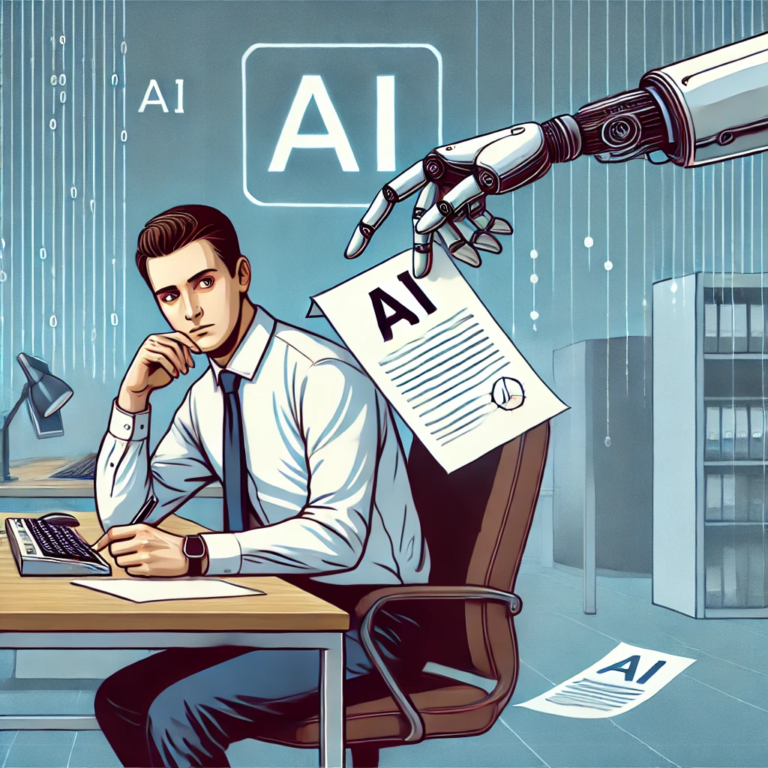
I think, therefore I’m not AI. ~ SYB
Imagine spending hours crafting an article, only to have it dismissed because it’s ‘robotic’ or maybe ‘too perfect.’ I’ve faced this situation three times in the last two months. Each time, clients rejected my work, convinced it had been generated by AI — even though it was 100% my own. As AI continues to shape the content world, this scenario is becoming all too familiar for writers like me.
My Experience with Rejection
The most recent incident involved a potential client for a piece on home builders. I did the research, carefully wrote the article, and submitted it, feeling confident about the quality. But her response hit me like a ton of bricks: ‘This reads like it was generated by an AI tool, and I can’t accept it.’ I was stunned. The work I poured into that article felt invalidated.
While I understand the growing skepticism around AI content, it’s disheartening when genuine effort gets overlooked. And this is happening to an individual with more than 7 years of experience in various forms of writing.
I’ve already talked about the role of AI in content creation and how it is both revolutionizing and saturating the market at the same time and how the gap between pros and amateurs is narrowing fast but pros still have an advantage. You can read all about it here. Now, unfortunately, a pro is having to deal with rejections with all his rich-in-experience profile.
Why Clients Are Skeptical?
AI content generators are becoming so advanced that they can mimic human writing styles with surprising accuracy. This presents a challenge for clients: how can they be sure they’re getting authentic, human-written work?
Ironically, the very qualities that show careful editing — flawless grammar, coherent structure, and precision — are the same traits that clients now associate with AI. As writers, we find ourselves in a strange position where our strengths can sometimes work against us.
How to Prove You’re Human?
After my third rejection, I started looking for ways to reassure clients that my work was 100% original. One approach is offering to share drafts or thought processes so clients can see how the piece evolves.
Google Docs truly come in handy here with the File Version feature, and of course, there are tons of other plugins, such as Clockify, Jibble, and Toggl Track, that you can use in Chrome to track progress.
Another approach is using plagiarism and AI detection tools, such as ZeroGPT and Originality AI, to confirm that the content is unique. Ultimately, though, the key is building trust. Open communication about the writing process can go a long way in bridging the gap between client concerns and a writer’s integrity.
Ironically. even clients themselves don’t use such tools to check whether the article is AI-generated or human-written. That’s much more difficult than jumping to conclusions.
Correction: One AI tool that most clients are hellbent on using is Grammarly. AI, again. But that, I guess, is good AI, the rest are all bad ones. So we have good AI and bad AI, too. Welcome to the 5th Industrial Revolution.
Final Thoughts
While it’s frustrating to have your hard work dismissed as AI-generated, I believe this is just part of the growing pains in our industry. As writers, we have the opportunity to embrace these changes, adapt our practices, and find new ways to showcase the authenticity of our work. After all, creativity, emotion, and storytelling are things that machines, no matter how advanced, can’t replicate.
So, it’s back to the old drawing board.
